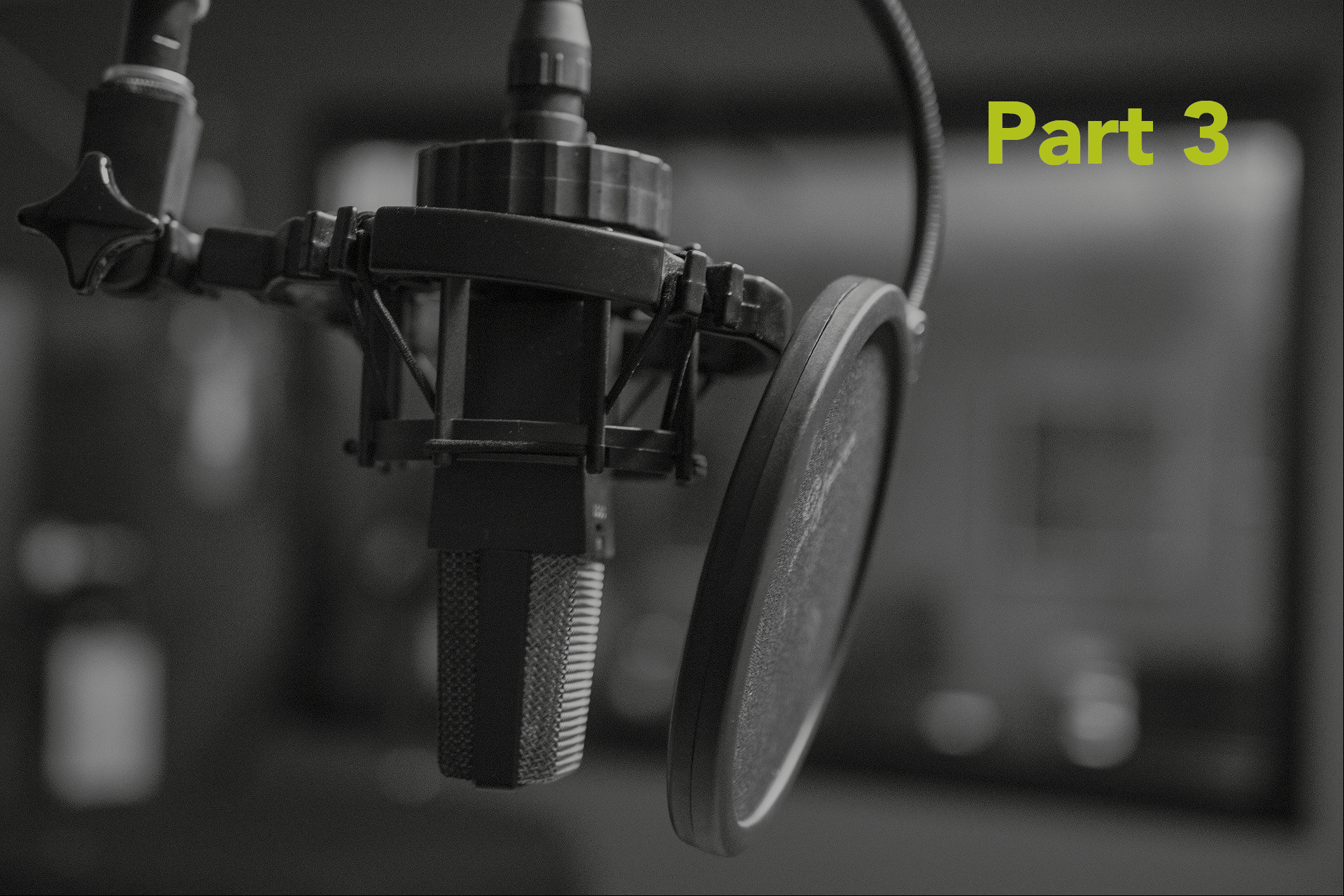How businesses can create their own podcasts – part 3

In the previous two blogs in the series, I looked at the most popular tech podcasts and the best business ones I listen to on my way to work. Today, we’re going to explore how businesses can start their own podcasts.
As the popularity of podcasts continues to boom, we’re not simply seeing a greater number of podcasts from the traditional sources, but more organisations are releasing their own versions too.
They provide a platform for experts from across the enterprise to talk about their specialisms in-depth, without the constraints of word counts or time that come with articles, and radio and TV opportunities, respectively. However, this doesn’t mean that podcasts should just involve experts speaking at great length – that’s not going to cut it. Some listeners may well be potential customers and if they’re disengaged, they won’t come back.
When thinking about technology, much of the successful comms within the space is about finding and telling the stories behind the innovation. The fires of imagination need to be stoked, enabling listeners to understand what and how new developments can benefit them; but that can be really quite difficult when you get bogged down in the more technical aspects.
How to start a successful podcast
So, obviously, it’s vital to get the content right, but there’s a lot more for any organisations thinking about launching their own podcast to consider too. Every step of the listeners’ journey has to be thought of.
- The host / presenter and any guests need to be engaging, dynamic and conversational, not sounding as if they’re reading a script word-for-word.
- The MANY abbreviations that the tech industry loves to deploy have to be explained, the knowledge of the listener-base shouldn’t be assumed. It’s always better to start more basic and build upwards – take the listener on the journey.
- Deciding the format and sticking to it helps with consistency. If each edition is delivered in different ways and contains different features and sections, listeners won’t know what to expect. Planning each episode becomes that much harder too.
- Length can also make or break a podcast. While the massively popular Joe Rogan Experience can regularly exceed 2.5 hours, the average podcast clocks in at around 36 minutes – that’s a far more digestible length.
- The frequency of releases has to be just right to keep listeners coming back. Too often and they might decide it’s too difficult to catch up if they miss a few days; too far apart and interest may dwindle.
- The channel of delivery is also critical. For example, if I can’t listen to it on my phone while heading to work, it’s going to be a nope from me. Being forced to play podcasts on open browsers is a faff so companies need to think about using Soundcloud, Spotify, Apple Podcasts or some other application, such as Anchor, which enables easy setup and listening.
- Make the most of all available data to ensure efforts are completely fine-tuned into what listeners want. For example, Spotify recently announced its Streaming Ad Insertion (SAI) technology will be available to podcasters for the first time, giving them access to key data, including age, gender and device type of listeners. That level of insight is so vital to improving output.
Ultimately, podcasts are a great format and more businesses should look to them as a platform for telling their stories. But it’s not as simple as pressing record and talking. Engaging podcasts are the result of planning and understanding what the listener wants; get that right and you might expand your customer base…as well as joining me on my commute.
For more advice on how to create and deliver your own podcast campaign, get in touch with the tech communications team at Aspectus (tech@aspectusgroup.com). We’ve helped organisations across a range of industries to deliver engaging content that always leaves people wanting more.
Astor is an account manager working in the technology PR team at Aspectus

